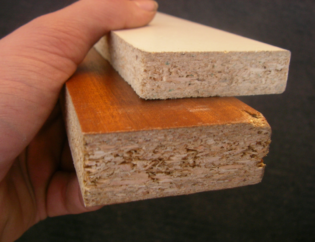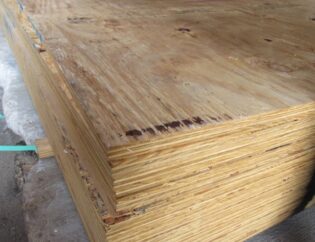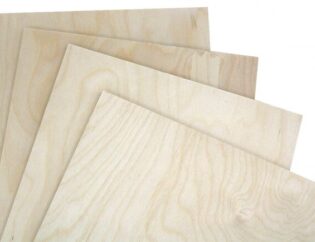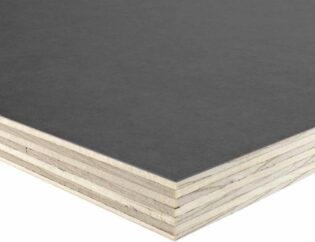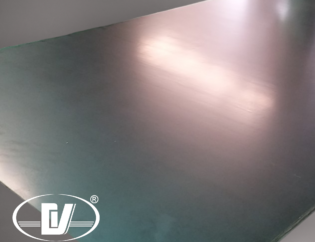
The plywood market has been in recession for some time now. Prices have been consistently increasing, and the market shows no signs of stabilizing. Plywood costs have increased by 90%, and the market has been swamped with terrible news.
Also, the closure of several plywood production plants is only making matters worse. This has led to a glut of plywood in the market, and prices continue to increase. But here, we will be looking at the reasons behind the fluctuating prices and when they will retreat to their original prices.
An Aspect of Changing Shuttering Plywood Price in Market
The ever-changing market price of shuttering plywood is due to the volatility of the raw material prices. The primary raw materials used in the manufacture of plywood are wood and glue. The cost of these two materials has been on the rise in recent years. The other reason behind the change in prices is the demand and supply scenario in the market.
The demand for plywood has been on the rise in recent times due to the construction sector’s growth. The supply, however, has not been able to meet this increasing demand, resulting in higher prices.

Therefore, we can say that the main reason behind the fluctuating prices of shuttering plywood is the volatility of the raw material prices and the imbalance between demand and supply in the market.
When did the Shuttering Plywood Price Skyrocket and Why?
Here, we will be discussing all the relevant reasons that caused the shuttering plywood prices to soar in the market.
1- Covid-19 Pandemic In 2020 and Its Effects on the plywood market
The pandemic of Covid-19, which originated in China, led to a global lockdown. This severely affected the global economy, and the plywood market was not spared either.
The demand for plywood decreased because of the slowdown in the construction sector. The supply, however, continued to be the same, resulting in a glut of plywood in the market. As a result, the prices of shuttering plywood increased drastically.
2- The Trade War Between the US and China
The trade war between the US and China had a significant impact on shuttering plywood prices. China is the leading plywood exporter in the world. Being one of the biggest exporters of plywood, the US was hit hard by the trade war.
It led to a decrease in plywood exports from the US to China. As a result, the price of shuttering plywood increased in China. The US-China trade war has been going on for some time now, and it doesn’t seem like it will end anytime soon. This will continue to impact the prices of plywood in the market.
3- The Expiration of the MOU Between India and China
The Memorandum of Understanding (MOU) between India and China expired in March 2020. It led to a decrease in plywood import from China to India. This had a twofold effect on the price of shuttering plywood in India. Firstly, the supply of plywood decreased, leading to a rise in prices.
Secondly, since India is now dependent on other countries for plywood, plywood prices have also increased in these countries.
4- High Demand for Shuttering Plywood Globally
The high demand for shuttering plywood globally is the main reason behind the increase in prices. The construction sector is booming in China, India, and Saudi Arabia. This has led to the rise in the demand for plywood.

However, this growing demand has resulted in higher prices because supply does not match demand. Therefore, we can say that the main reason behind the increase in shuttering plywood prices is the high demand for it globally.
5- Low Production – High Prices
The low production of shuttering plywood is another reason for increased prices. And the main reason for the low production is the lack of raw materials. However, the high price of wood and glue has resulted in many plywood manufacturers shutting down their businesses.
6- Unstable Raw Materials Prices
The prices of raw materials used for manufacturing plywood are volatile. The main reason behind this is the ever-changing global market conditions.
The prices of wood and glue have been on the rise in recent years. This has increased the cost of production for plywood manufacturers. As a result, they have passed on the cost to the consumers, increasing shuttering plywood prices.
7- High Freight Rates
Shuttering plywood prices are also rising due to the high freight rates. Recent years have seen a rise in transportation costs. Due to rising gasoline prices and truck shortages, transportation costs have increased. The rising tensions between Russia and Ukraine have increased the oil and gas prices up to $2.0 per liter.

As a result, the manufacturers have to pay more to transport the plywood from their factories to the construction sites. This cost is eventually passed on to the consumers, leading to an increase in shuttering plywood prices.
8- Lack of Skilled Labor Force
Plywood manufacturers are finding it challenging to find skilled workers in manufacturing plywood. This is because the demand for such workers is high, and the supply is low.
When will the Prices Retreat?
It is difficult to say when the prices of shuttering plywood will retreat. The main reason for this is the various factors responsible for increasing prices: high demand, low production, unstable raw materials prices, and high freight rates.
The prices may come down if the global market conditions improve. However, it is difficult to say when this will happen. In the meantime, the best thing construction companies can do is find alternative materials that we can use instead of plywood.
We can use some of the alternatives of shuttering plywoods; some of these are as follows:
- Hardboard
- Medium Density Fiberboard (MDF)
- Oriented Strand Board (OSB)
- Particleboard
- Laminated Veneer Lumber (LVL)
Conclusion to Shuttering Plywood Price
We can say that the main reasons for the increase in shuttering plywood prices are high demand, low production, unstable raw materials prices, and high freight rates.
It is expected that the shuttering plywood price might go down in late 202 or early 2023, but still, we can’t say anything as the new war started between Ukraine and Russia has raised significant concerns for everyone.


